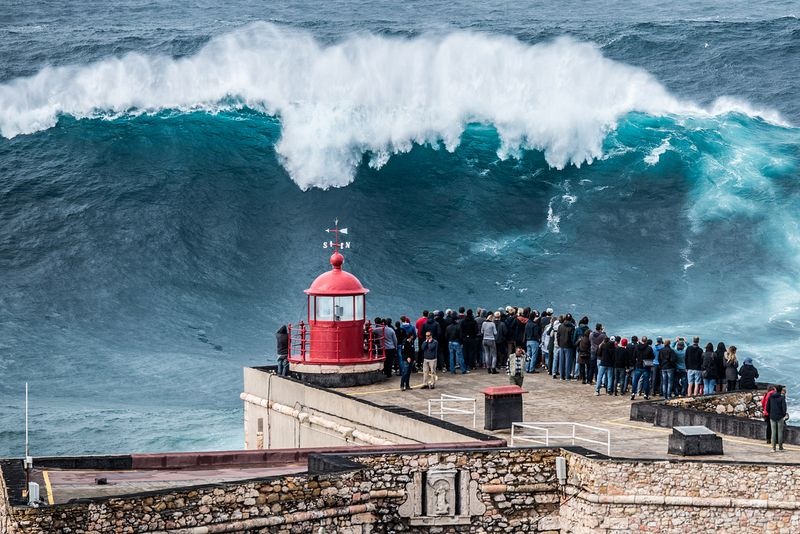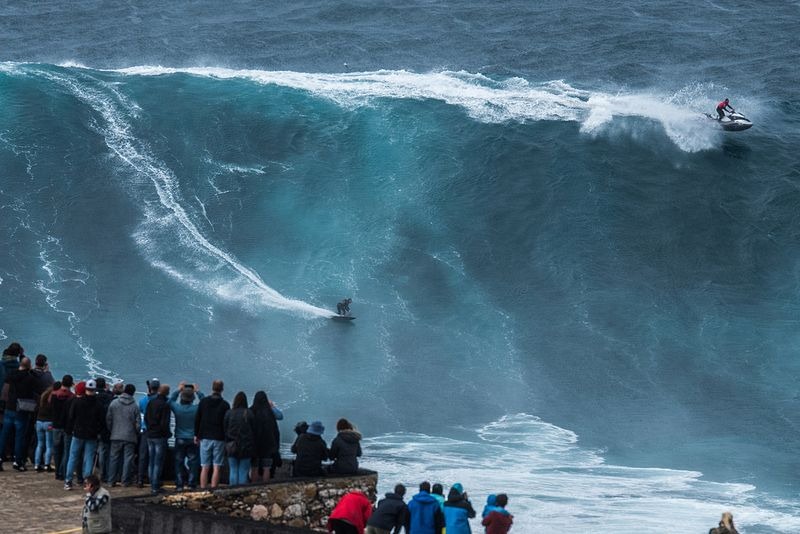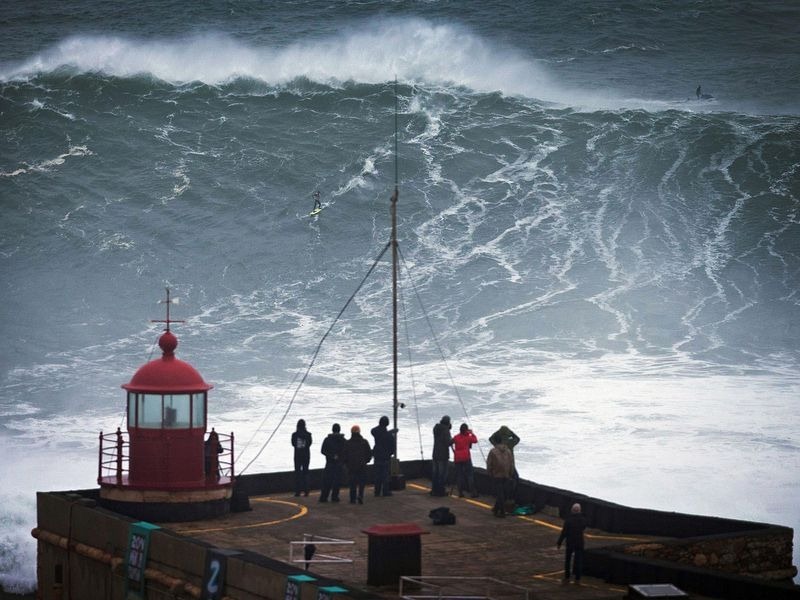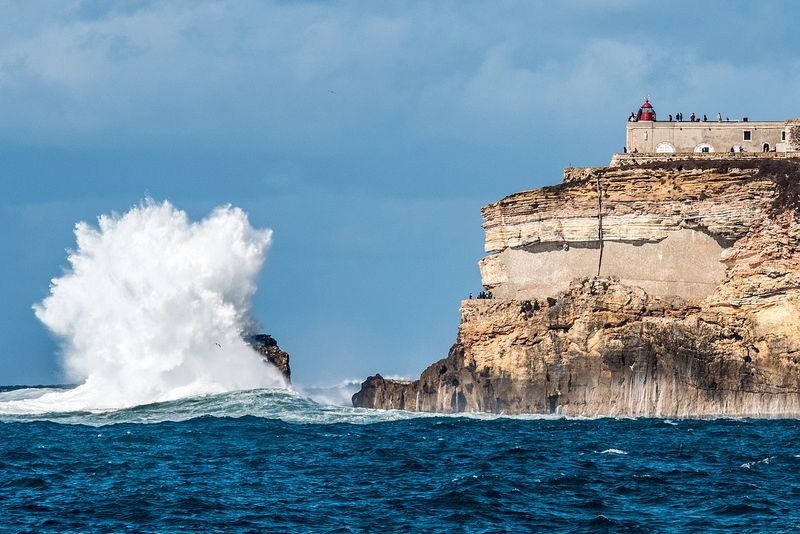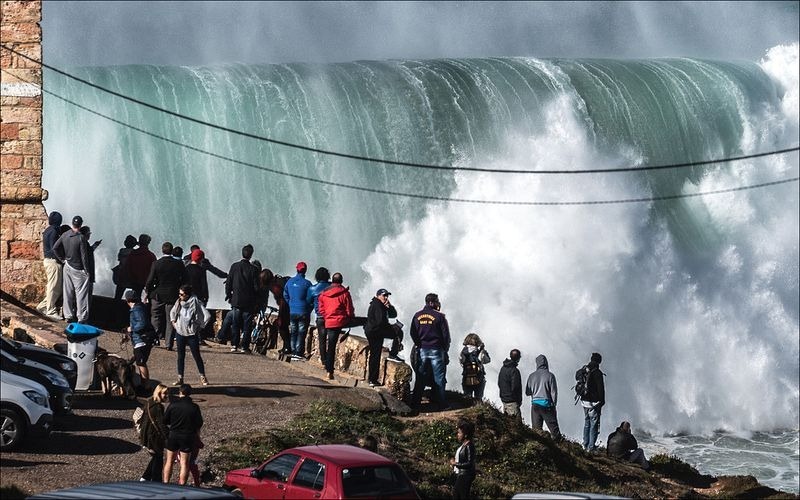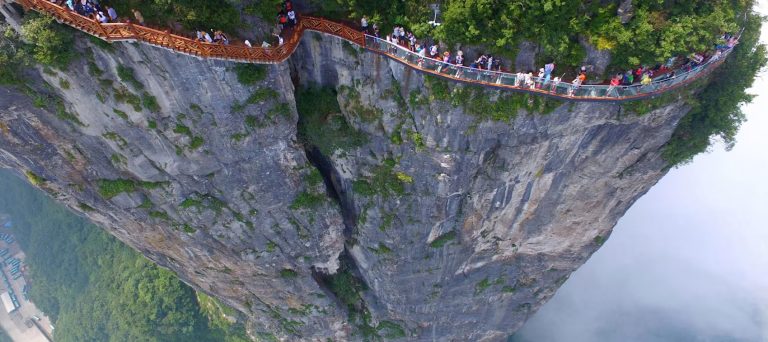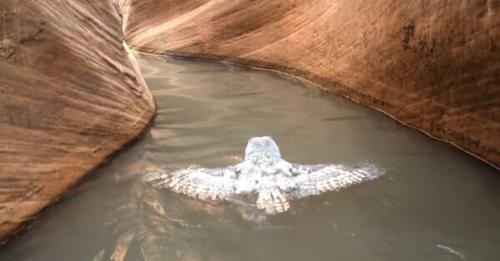The Monster Waves at Nazare, Portugal: A Surfer’s Ultimate Challenge
The charming seaside town of Nazaré on Portugal’s west coast is bustling with tourists in the summer, who come to enjoy its long sandy beaches for relaxing, swimming, and surfing. However, when winter arrives, only the most daring thrill-seekers remain. The beaches become dangerous as massive waves up to 100 feet high crash along the rocky coastline.
Nazaré’s giant waves attract big wave surfers from all over the world, but the town was relatively unknown outside Europe until recently. It made headlines in November 2011 when Hawaiian surfer Garrett McNamara surfed a record-breaking 78-foot wave. In January 2013, McNamara returned and broke his own record by riding a wave estimated to be 100 feet tall. Later that October, Brazilian big-wave surfer Carlos Burle rode a wave that seemed even bigger. Nazaré has since become a legendary spot in the world of big wave surfing.
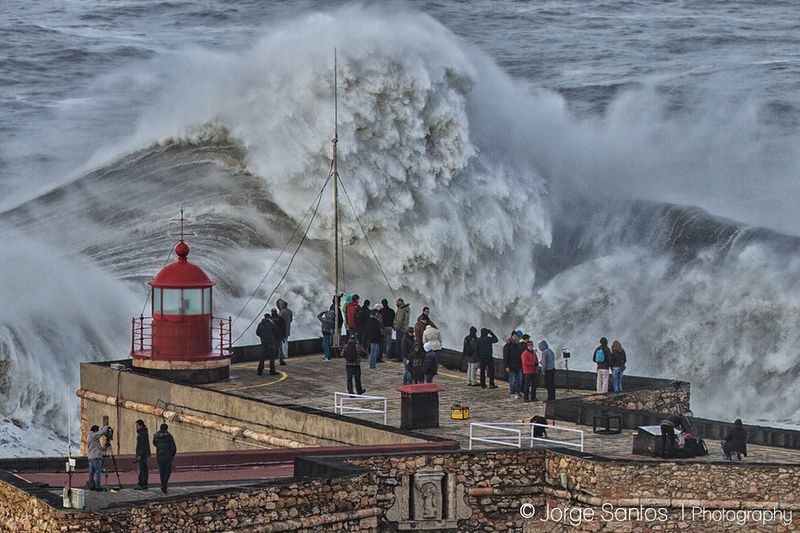
How does Nazaré manage to generate such massive waves so regularly? The secret lies in its unique undersea geography. Just off the coast is Europe’s largest underwater canyon, the Nazaré Canyon. This huge canyon extends 125 miles from the deep Atlantic Ocean to less than half a mile from the shore, pointing toward the town like an arrow. At its deepest, the canyon floor is over 3 miles below the surface, rising sharply to a headwall that is 100 to 150 feet deep just off Praia do Norte beach, where some of the biggest waves occur.
The swells originate in the North Atlantic from huge winter storms. As they near Nazaré, the narrow canyon focuses and amplifies their energy, much like a magnifying glass concentrates sunlight. The seabed rises abruptly from the headwall to the coastline, causing the waves to suddenly grow very large. Just before reaching the shore, the water becomes shallow enough for these amplified swells to break into gigantic waves.
Other big wave spots around the world, like Teahupoo in Tahiti, the Banzai Pipeline in Hawaii, and Mavericks in northern California, have similar undersea geography.
